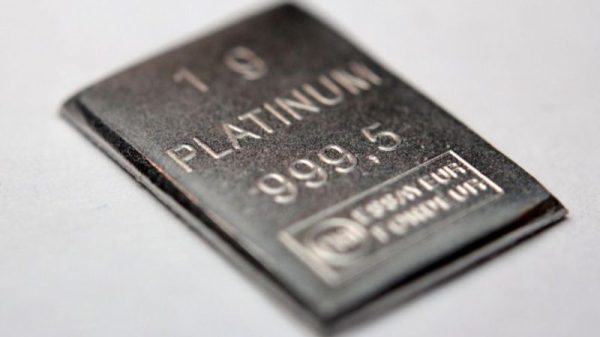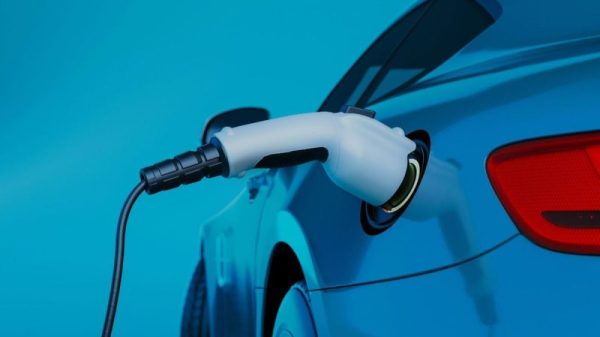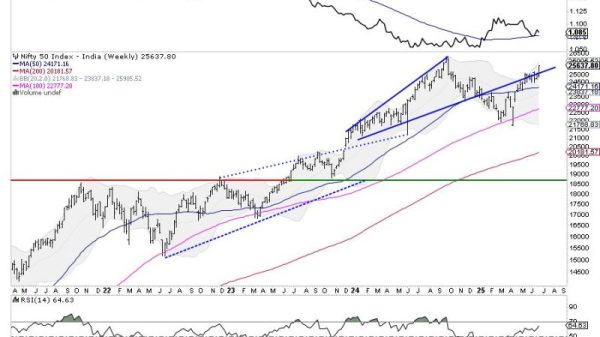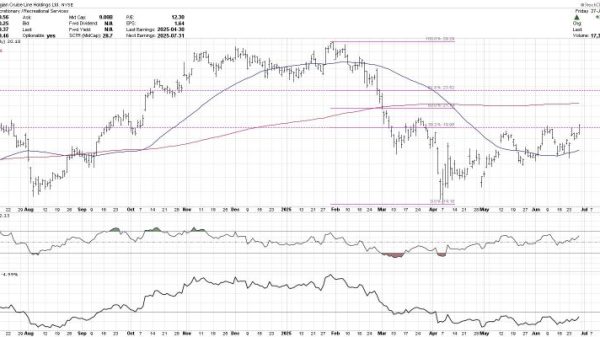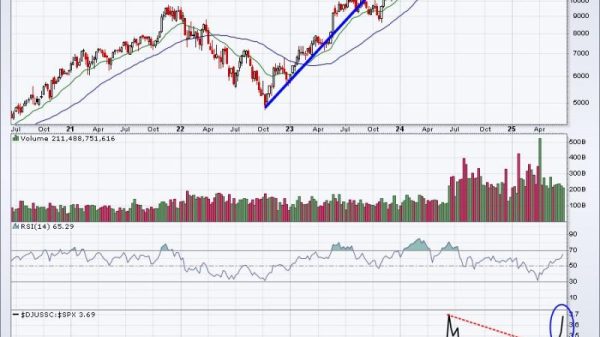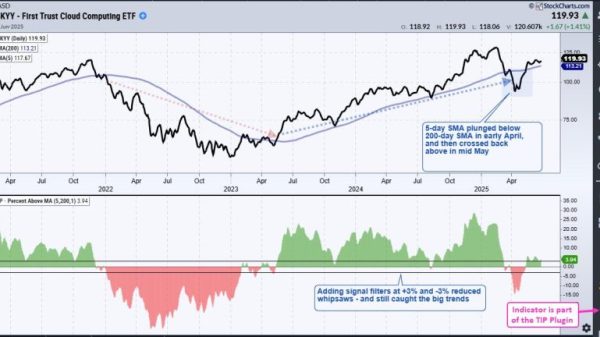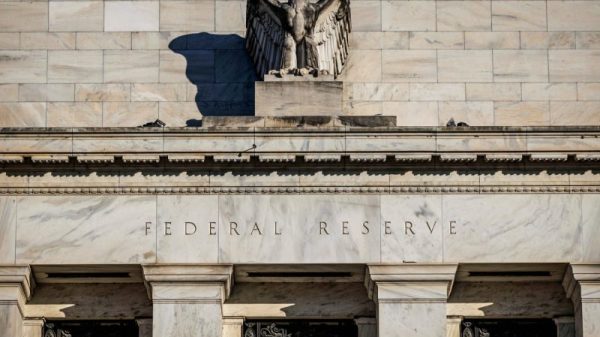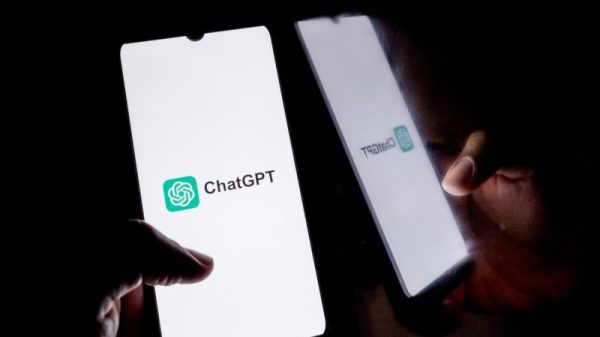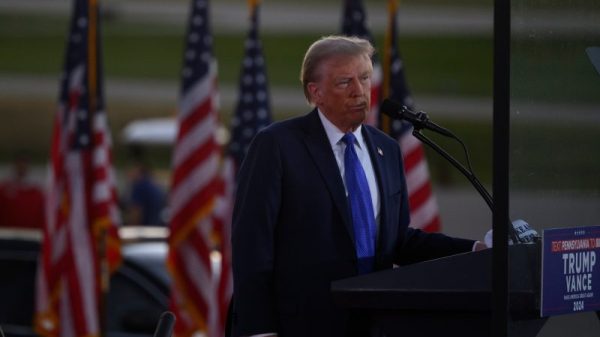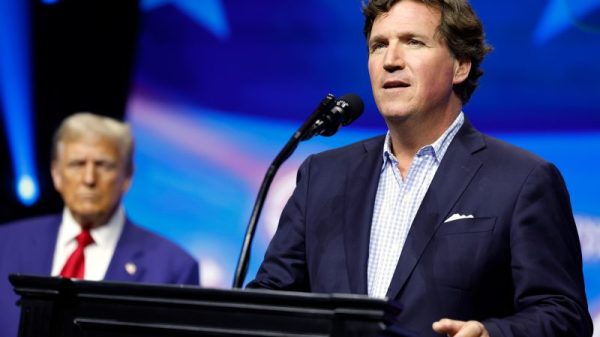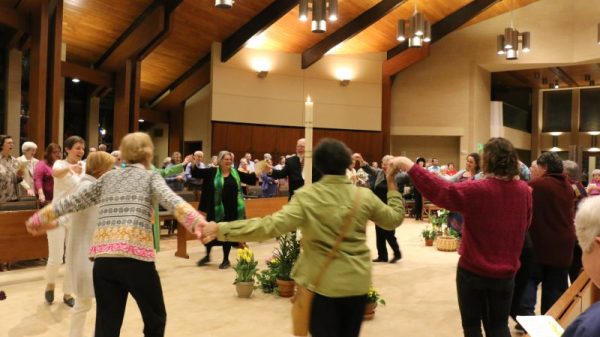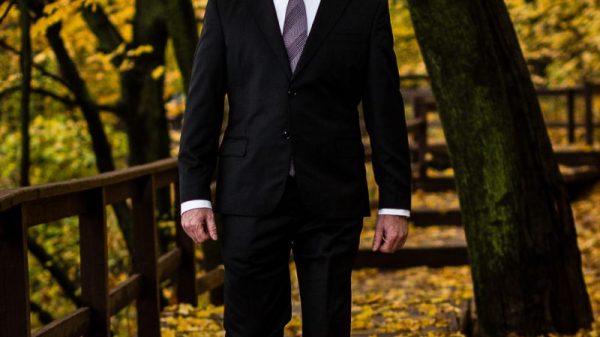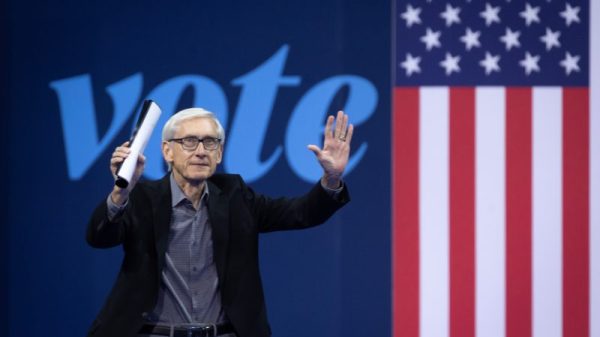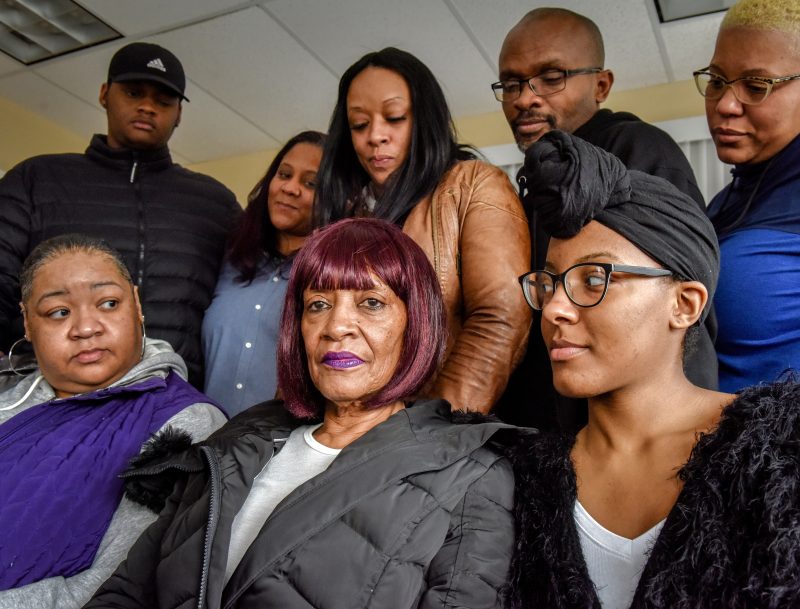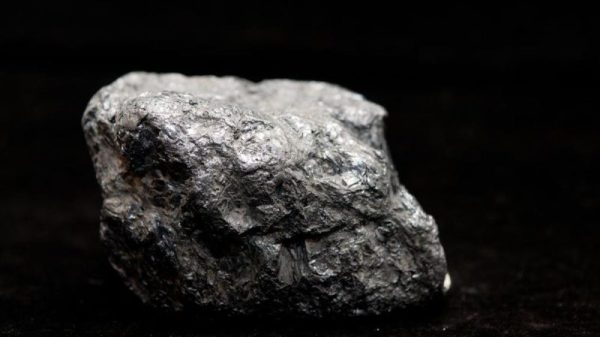Nearly four years ago, the Prince George’s County Police Department arrested one of its own after he fatally shot a handcuffed man six times while the man sat in the front seat of the officer’s police cruiser. Within 24 hours of the man’s death, the officer became the first in the Maryland county’s history charged with murder in connection with actions taken while on duty.
On Tuesday, prosecutors and defense attorneys for the accused officer, Cpl. Michael Owen Jr., agreed on those facts.
But their views on much else — the officer’s motive, the police investigation, whether the shooting was a justified use of force — greatly differ, conflicts that a Prince George’s County jury will weigh over the next two weeks at Owen’s trial. Was it a case of murder or self-defense?
Opening statements in the trial began Tuesday morning before a full courtroom. Many of the people seated in the gallery were there to support the family of 43-year-old William Green, the man whom Owen fatally shot on Jan. 27, 2020.
Joel Patterson, the chief of the State’s Attorney’s Public Integrity Unit in Prince George’s County, said officers are required to “respect the sanctity of human life” — something he argued Owen did not do when he fired his gun seven times at Green, six of the shots hitting the man.
“William Howard Green posed no threat,” Patterson said. “He posed no threat whatsoever.”
Patterson laid out what police and prosecutors believe happened almost four years ago. On that January evening, Green was driving while intoxicated — with PCP and alcohol in his system — when his car crashed into several other vehicles, occupied and unoccupied, then stopped at the base of a tree. Witnesses to the crash found Green unconscious behind the steering wheel. They called the police.
The first to arrive was Owen, followed by Cpl. Ricci Villaflor.
Villaflor checked Green’s breathing while Owen reached across the passenger seat to remove the key from the ignition. Together, the officers removed Green from the car, searched him for weapons and found none, then handcuffed the man behind his back.
“He doesn’t fight; he doesn’t resist,” Patterson said.
The officers placed Green, still handcuffed, into the front seat of Owen’s police cruiser, per department protocol.
Villaflor spoke to witnesses who saw the crash, while Owen sat in the car with Green. The officers suspected that the man was under the influence and had requested a drug recognition expert to determine if they were right.
While they waited, the prosecution said, Owen fired. There were wounds on both sides of Green’s body, Patterson said, indicating that he must have been turned around in his seat at some point.
Prosecutors told jurors that they would hear from two people on the scene at the time of the shooting, as well as Villaflor, who would testify later that day that they saw no commotion in the car and heard no verbal dispute preceding the gunfire.
The shooting, Patterson said, was not a justified use of force — something an expert in police conduct would testify to later in the trial.
“This was not self-defense,” Patterson told the jury. “This was murder.”
But when it was the defense’s turn to speak to the jury, Owen’s lead attorney, Thomas Mooney, argued just the opposite. It was self-defense and the shooting was justified, he said, conclusions that the defense’s own expert in police conduct would testify to.
Mooney said the jury’s core question would be: “Did a crime occur?”
While the prosecution said Green was not a threat, Mooney said defense attorneys would show jurors evidence of damage to the inside of Owen’s police cruiser — signs, he said, of a struggle before the shooting. Villaflor would later tell jurors that in the immediate aftermath of the shooting, Owen told him Green went for his gun, and Owen said he “did what he had to do.”
Mooney further argued that the police department, which investigated the shooting and made the decision to arrest Owen within 24 hours, “never got this right.” He told jurors that the investigation was rushed and based on incomplete information. Police initially said Green was on PCP, there was a struggle and he was in a seat belt. But in a later news conference, then-Police Chief Hank Stawinski told the public that Green was not on PCP and that it was not clear if there was a struggle or if Green was in a seat belt. Mooney questioned how Owen could be charged with murder if key pieces of the investigation were in conflict.
In the aftermath of the shooting, Mooney said, Owen acted in a way that showed he was “trying to save a life.” Owen immediately reported the shooting over the police radio and, upon Villaflor’s instruction, retrieved his medical kit so the officers could perform CPR while waiting for paramedics to arrive.
He told jurors that he believed, by the end of the trial, they would come to the conclusion that there was a “violent struggle” in the cruiser that led to the shooting.
“I know this isn’t easy,” he told jurors. “But justice depends on it.”
Jurors on Tuesday heard from a woman whose car was hit by Green’s and who took several cellphone videos — including the man being detained by police and the aftermath of the shooting. She also had audio of the shooting, but not video, which was not played in court.
The woman became emotional on the stand watching the videos, and when prosecutors asked why she pulled out her cellphone to record, she responded through tears: “It’s essential nowadays, with the way the world is turning.”
Without it, she said, Green’s family would not have known what happened.
Owen was not wearing a body camera.
Green’s cousin, the other responding officer from the night of the shooting, other witnesses and a crime scene investigator all testified Tuesday as well. Prosecutors will continue presenting their case to the jury Wednesday morning.
Before opening statements Tuesday, Owen’s attorneys tried to convince Judge Michael Pearson that the trial should be dismissed or moved to another county, and that the jury should be sequestered. Mooney said the case was too high-profile and media coverage too prominent for his client to have a fair trial in Prince George’s County.
But the judge disagreed, denying the defense’s request but promising that he would strongly emphasize to jurors the importance of avoiding the news and social media so their judgment could remain untainted.




